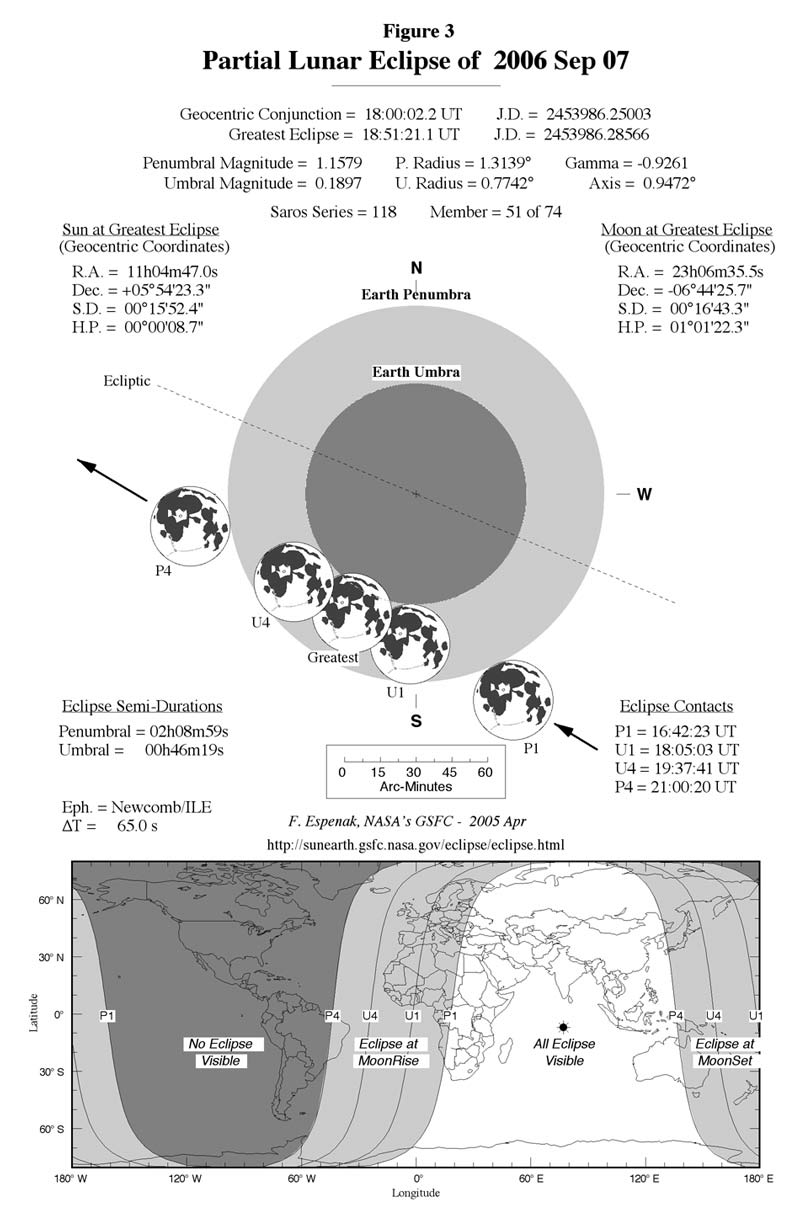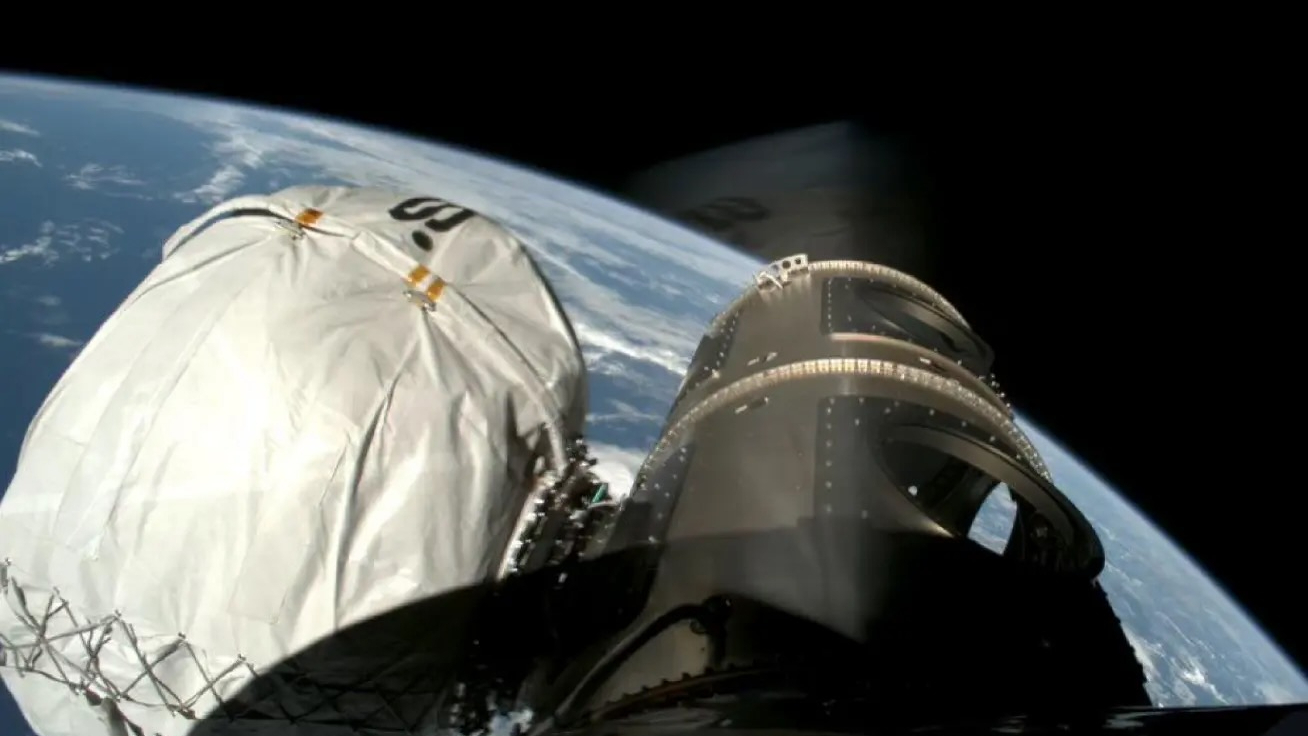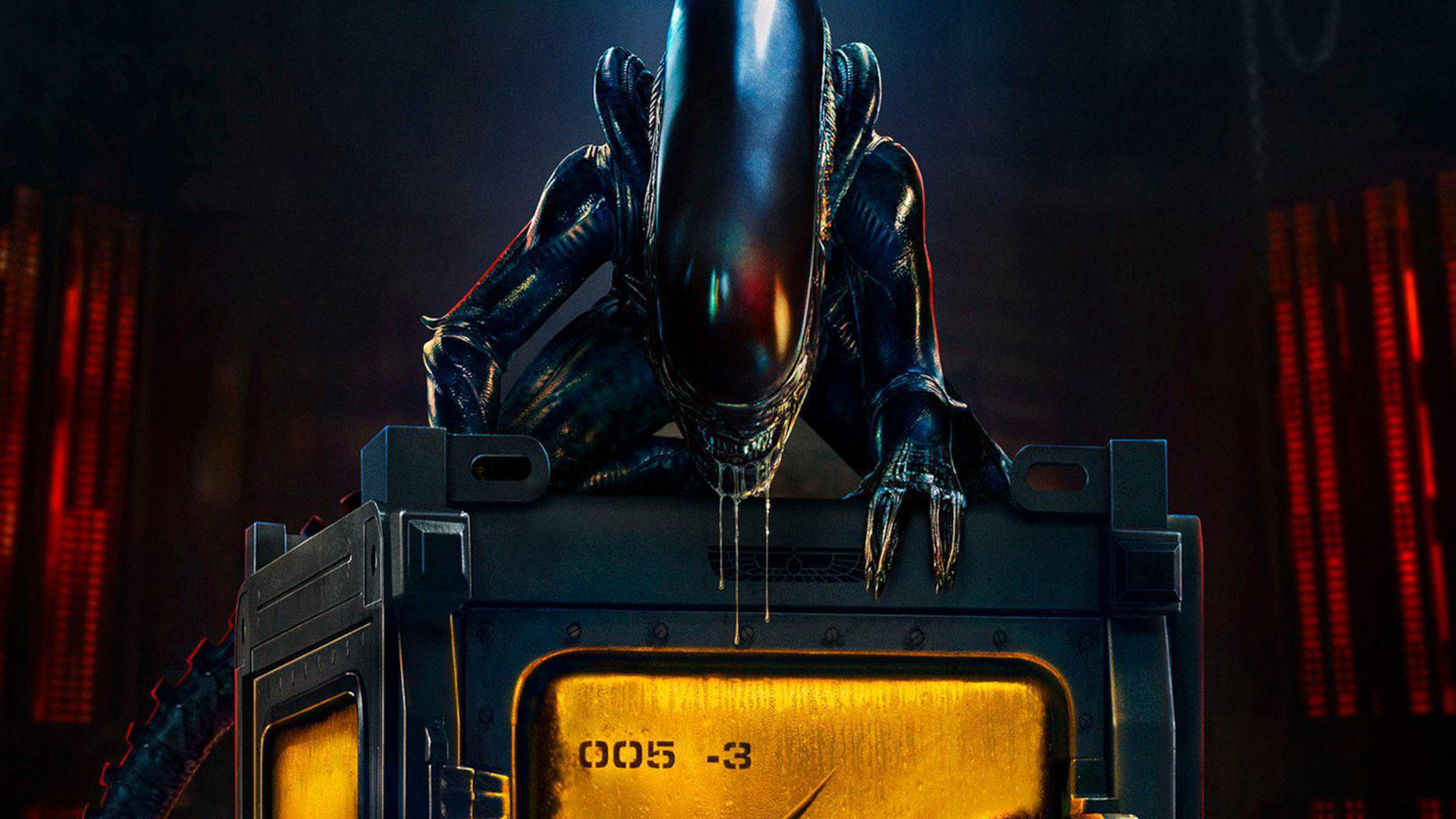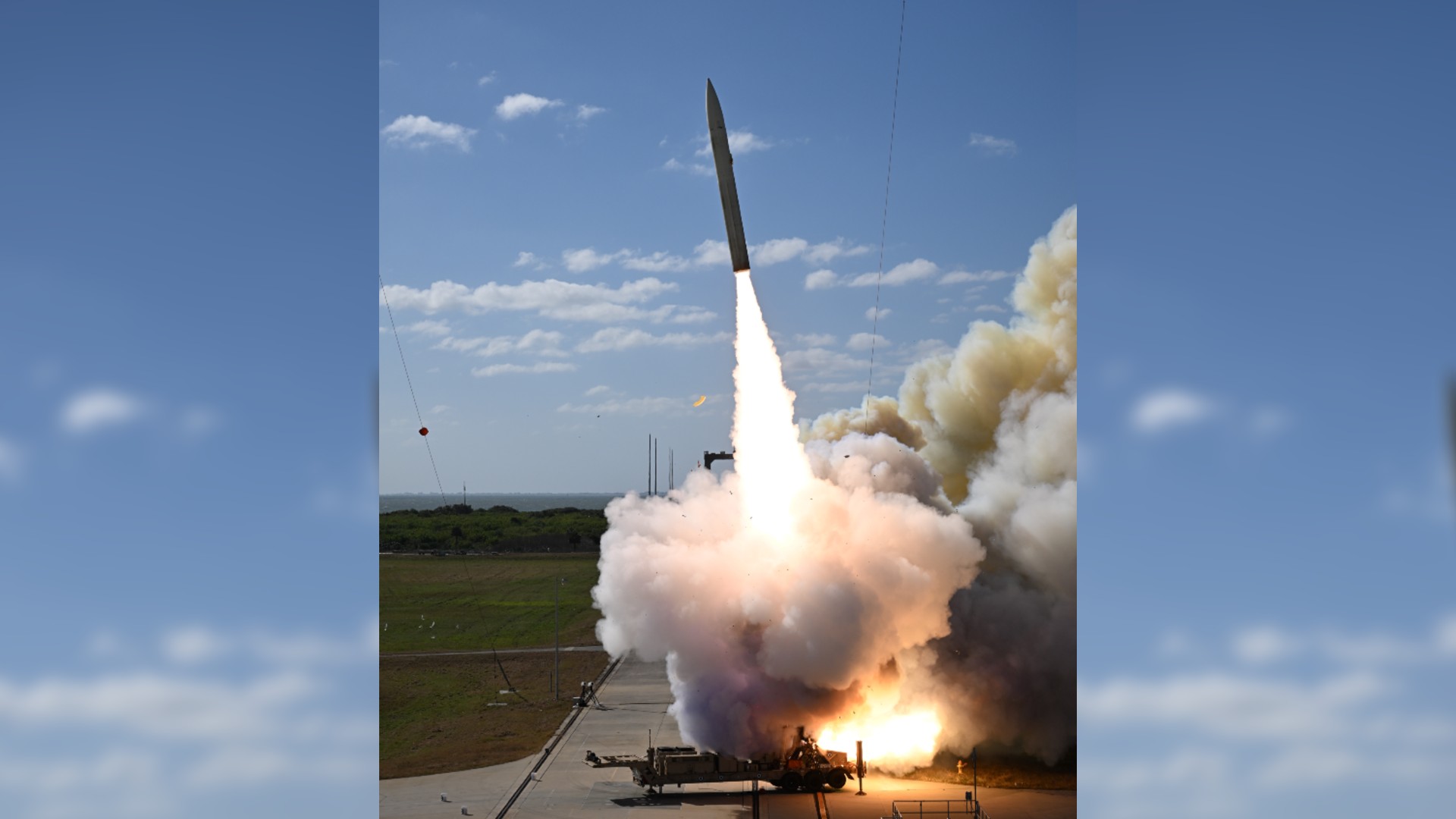
Sept. 7 brings us a Full Moon. Some calendars and almanacs might make reference to this Moon as the Harvest Full Moon, but they would be incorrect. Although many might associate the September Full Moon with the Harvest Moon, this is not always the case.
In the official sense, the Harvest Moon is the one that comes the closest to the September equinox and this year it happens to fall in October (on the 6th); an occurrence that happens in one out of three years. The Harvest Moon can occur as early as September 8 (as in 1976) or as late as October 7 (as in 1987), so this year's version is coming about as late as it ever comes. [2006 Moon Names]
But this September's Full Moon does have something noteworthy about it: it will undergo a partial lunar eclipse.
Unfortunately, North Americans will be completely shut out of this event, as it will be happening during the daytime when the Moon is below the horizon. This eclipse will be primarily visible from western Australia, central Asia, and the eastern half of Africa. Europe will see the Moon rise while in eclipse, while eastern Australia and New Zealand will see the Moon set (for them it's the morning of September 8) while still in eclipse. [Map]
For soldiers in Iraq and Afghanistan, the entire eclipse will be visible from start to finish beginning a few hours after moonrise.
The dark umbral phase lasts just over 90 minutes and even at its maximum, the eclipse magnitude - that percentage of the Moon's diameter that will be within the Earth's umbral shadow - is only 19 percent. That dark shadow will create little more than a "bite" out of the Moon's upper rim. [How Lunar Eclipses Work]
The first event, at 16:42 GMT is the Moon entering the penumbra, the faint outer extremity of the Earth's shadow. But this shadow is so light that the Moon doesn't begin to change appearance until the Moon's diameter has penetrated it by at least 70 percent (17:40 GMT). Around that time, look for a very slight shading or smudginess on the upper left portion of the Moon. As the minutes pass, the penumbra becomes more obvious.
Get the Space.com Newsletter
Breaking space news, the latest updates on rocket launches, skywatching events and more!
The next event to watch for is at 18:05 GMT, as the Moon enters the umbra, the dark inner part of the Earth's shadow. This is the beginning of the partial eclipse. The umbra is much darker than the penumbra and fairly sharp-edged. The partial eclipse only lasts 1 hour 33 minutes. Maximum eclipse will come at 18:51 GMT. After maximum eclipse, the Moon will soon exit the umbra at 19:38 GMT. About 25 minutes later, the faint penumbral shading should gradually fade away.
The next lunar eclipse will be a total eclipse on March 3 of next year and will be visible from Europe, Africa and western Asia. That event will also be visible from the eastern half of North America; for many localities the eclipse will already be underway as the Moon rises.
Related Stories
- Top 10 Cool Moon Facts
- Photographs of the 'World Series' Eclipse
- Skywatcher's Guide to the Moon
- The Moon and It's Phases
Basic Sky Guides
- Astrophotography 101
- Sky Calendar & Moon Phases
- 10 Steps to Rewarding Stargazing
- Understanding the Ecliptic and the Zodiac
- False Dawn: All about the Zodiacal Light
- Reading Weather in the Sun, Moon and Stars
- How and Why the Night Sky Changes with the Seasons
- Night Sky Main Page: More Skywatching News & Features
Joe Rao serves as an instructor and guest lecturer at New York's Hayden Planetarium. He writes about astronomy for The New York Times and other publications, and he is also an on-camera meteorologist for News 12 Westchester, New York.
Join our Space Forums to keep talking space on the latest missions, night sky and more! And if you have a news tip, correction or comment, let us know at: community@space.com.

Joe Rao is Space.com's skywatching columnist, as well as a veteran meteorologist and eclipse chaser who also serves as an instructor and guest lecturer at New York's Hayden Planetarium. He writes about astronomy for Natural History magazine, Sky & Telescope and other publications. Joe is an 8-time Emmy-nominated meteorologist who served the Putnam Valley region of New York for over 21 years. You can find him on Twitter and YouTube tracking lunar and solar eclipses, meteor showers and more. To find out Joe's latest project, visit him on Twitter.









